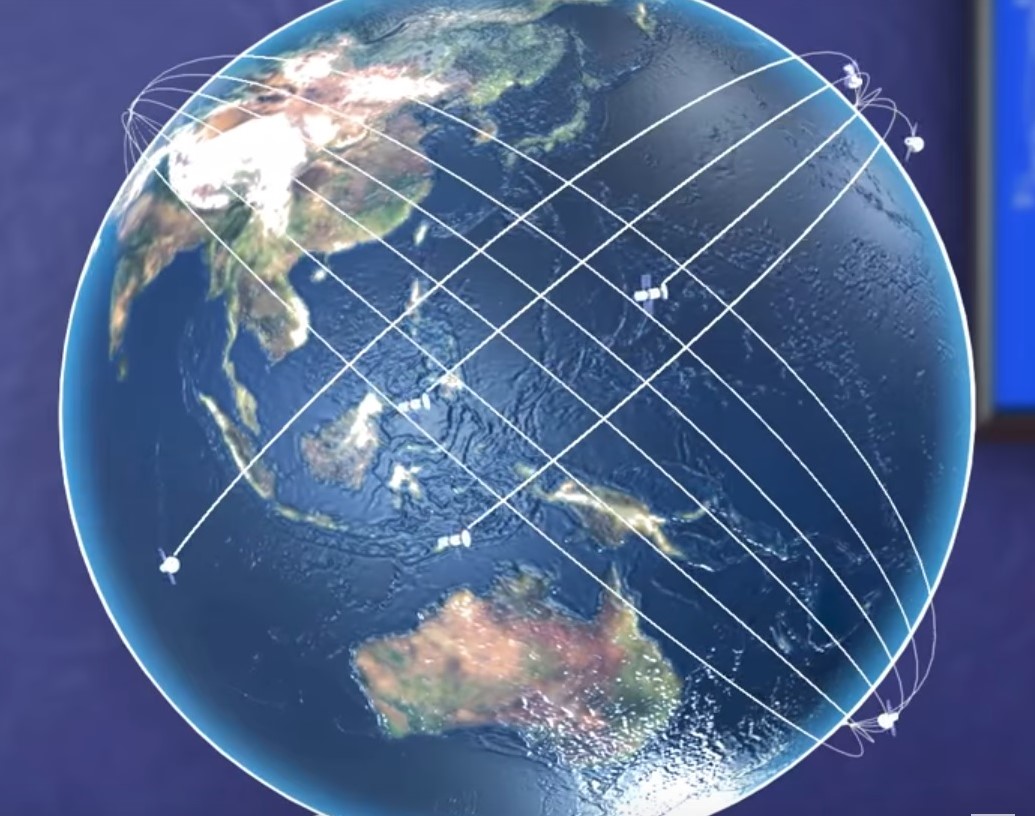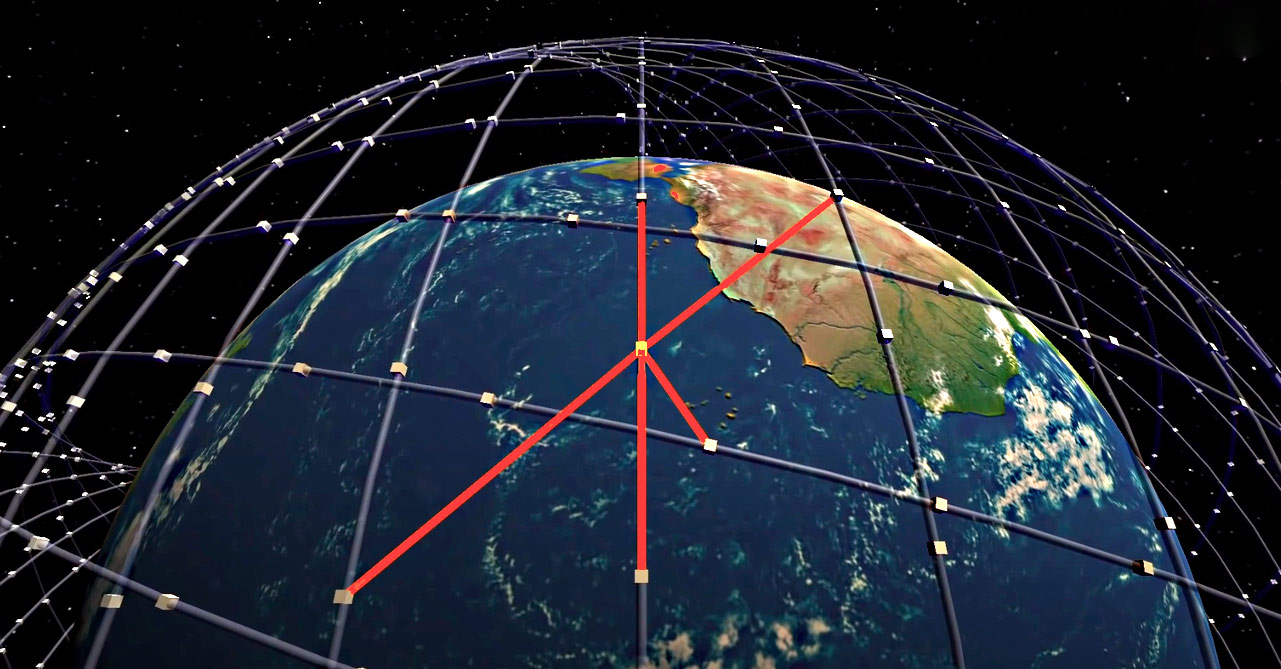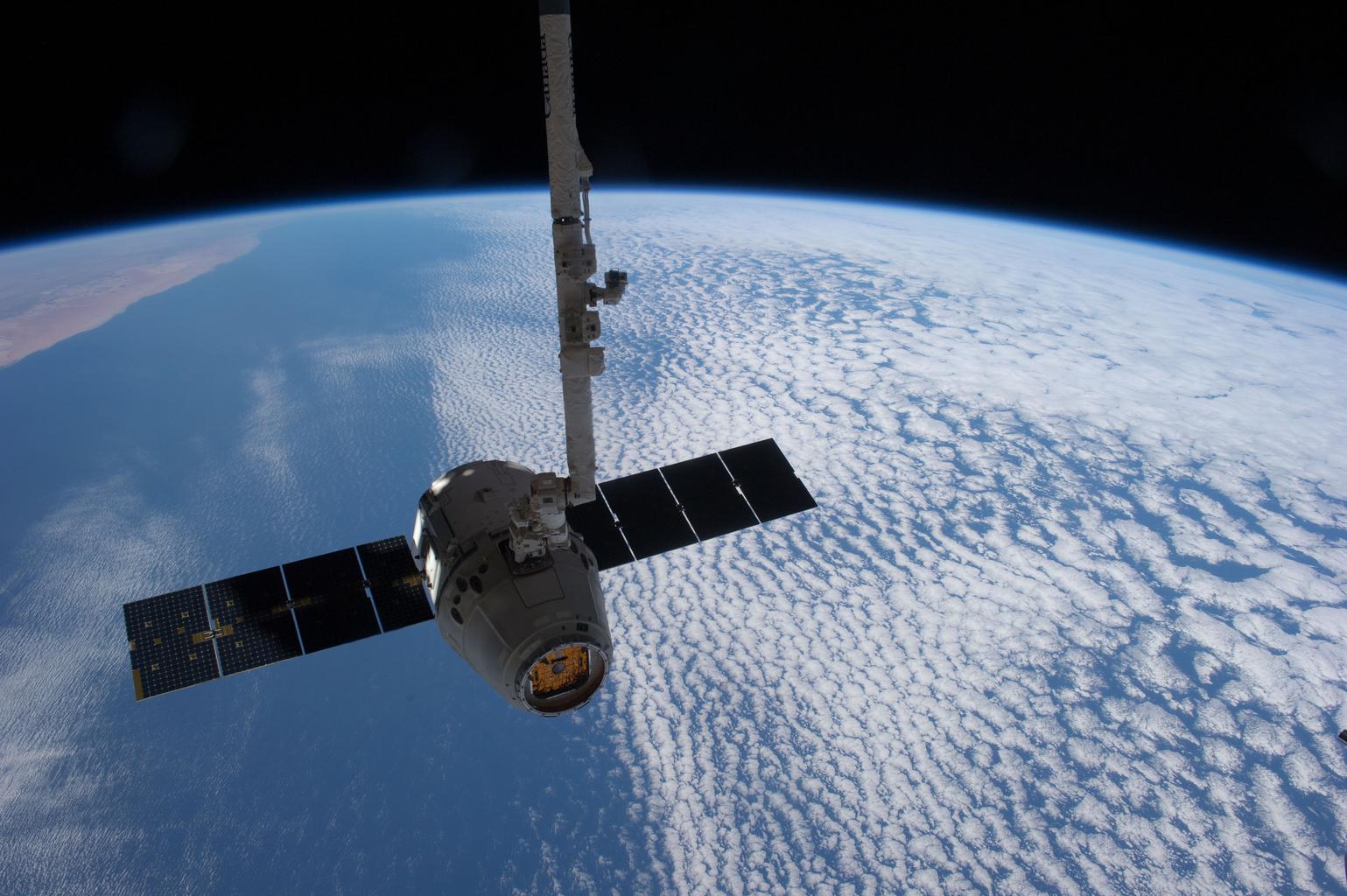CAPE CANAVERAL, Fla. — SpaceX launched four astronauts into orbit Friday using a recycled rocket and capsule, the third crew flight in less than a year for Elon Musk’s rapidly expanding company. A SpaceX Falcon 9 rocket boosted a record 143 small satellites into a polar orbit on Sunday in the company's first dedicated 'rideshare' mission, a response to the growing demand for low-cost. SpaceX has successfully launched four astronauts into orbit en route to the International Space Station (ISS) and stuck the landing with the Falcon 9's first stage booster. The Crew-2 mission also.
© Joe Skipper/Reuters Tesla CEO Elon Musk looks at his mobile phone. Joe Skipper/Reuters
- The FCC is close to granting SpaceX's request to fly over 4,000 satellites at the same altitude.
- The FCC's chief endorsed the proposal and asked colleagues to vote for it, Bloomberg first reported.
- Rivals are concerned that thousands of satellites at a lower orbit will increase collision risk.
- See more stories on Insider's business page.
The Federal Communications Commission (FCC) is close to giving SpaceX the green light to fly its Starlink satellites in a lower orbit.
SpaceX's Starlink has already had FCC approval to launch 1,584 satellites at 550 kilometres in orbit. But it's seeking permission to modify an existing license to lower 2,824 satellites from around 1,000 kilometres to the same altitude as the other batch.
This means SpaceX will have 4,408 satellites at an altitude of between 540 to 570 kilometers in orbit. So far, the company has launched 1,351 satellites at 550 kilometres with the help of its reusable Falcon 9 rockets.

Jessica Rosenworcel, the FCC's acting chairwoman, endorsed SpaceX's request and asked colleagues to vote for the plan, Bloomberg first reported.
If approved, SpaceX would be able to launch its Starlink satellites at a lower orbit while following certain safety conditions. This is according to a FCC spokesman, who told Bloomberg he wanted to remain anonymous as the order hadn't been made public.
Read more: Real-estate investors are already circling homes in the Texas border town where Elon Musk said there would be 'several thousand' jobs
SpaceX said in its proposal that having its Starlink satellites in a lower orbit is safer as low-Earth orbit (LEO) satellites have shorter lifetimes and when they come to the end of their life, they'll drop out of orbit and burn up quicker.
Spacex Orbital Flight Test Failure
SpaceX didn't immediately respond to Insider's request for comment.
But SpaceX's rival companies aren't so certain. They're concerned about the increase of collision risk if thousands more satellites are positioned at the same altitude.
Amazon's Project Kuiper plans to launch 3,236 satellites to 630 kilometers in orbit - not far from SpaceX's fleet. Other companies such as ViaSat, OneWeb, and Telesat also have plans to blast satellites into orbit. Some of them include geostationary (GEO) satellites, which fly at a higher altitude than LEOs.
Spacex Orbit Height
Regardless of where the satellites are positioned or whether they're LEO or GEO, collisions are possible. UK satellite company OneWeb said on April 10 that SpaceX's satellites almost collided with their own satellites earlier this month. SpaceX denied the near-collision in a FCC filing.
Viasat, which promotes multi-orbit constellations, said in a March filing that having thousands of satellites at the lower orbit would heighten the risk of collisions and, consequently, debris in space.
Mark Dankberg, ViaSat's executive chairman and co-founder, told Insider that although Starlink satellites are small, the solar panels on them are big which increases collision probability.

Spacex Orbit Tracker
Overall, Starlink plans to launch up to 42,000 satellites by mid-2027 to accomplish its goal of providing high-speed internet on a global scale with a particular focus on people living in rural areas.
